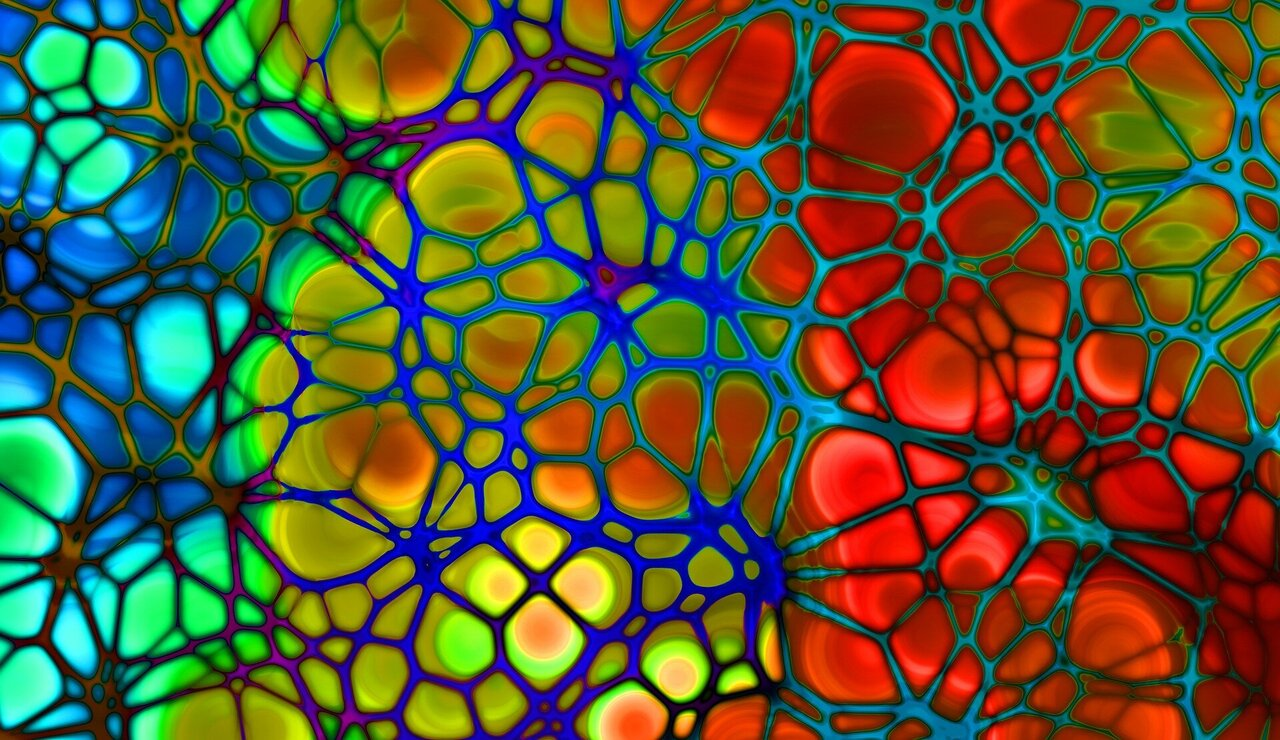
A hydrogel that can stop bleeding from an artery
Uncontrolled bleeding is a very serious situation, both during surgical procedures and as a result of trauma. In most cases, it is the result of damage to a major artery or an organ like the liver. In all cases, immediate action must be taken or the victim will die.
Currently, treatment for such wounds involves clamping the artery and then using sutures to close the wound. In the past, researchers have attempted to create a type of glue to stem such wounds, but thus far, none of them has worked as hoped—they were either made of toxic materials or were not strong enough to stand up to the high liquid pressure in the bloodstream.
In this new effort, the researchers have developed a new type of hydrogel that solves both problems.
The researchers report that the hydrogel is made of water, gelatin and a mix of proteins and other chemicals. It was designed to be as close as possible in structure to human connective tissues. When UV light shines on the gel, it thickens and solidifies, adhering to the wound, preventing blood from flowing out. And it does so in just 20 to 30 seconds. The researchers note that it could also stand up to 290-mmHg blood pressure—much higher than normal.
The researchers also report that they tested their hydrogel by piercing the carotid artery of a test pig and then used their gel to close the wound. They report that not only did the hydrogel close the wound (and save the pig's life) it also allowed the wound to heal—testing two weeks later showed little to no necrosis or inflammation. Also, the hydrogel had begun to decompose harmlessly into the body. The team also tried their hydrogel on a rabbit by cutting and repairing its femoral artery. They also poked a hole in its liver and used the gel to stop the bleeding. More work will need to be done to further test the safety of the gel before it can be tried in human patients.
 English
English Arabic
Arabic


